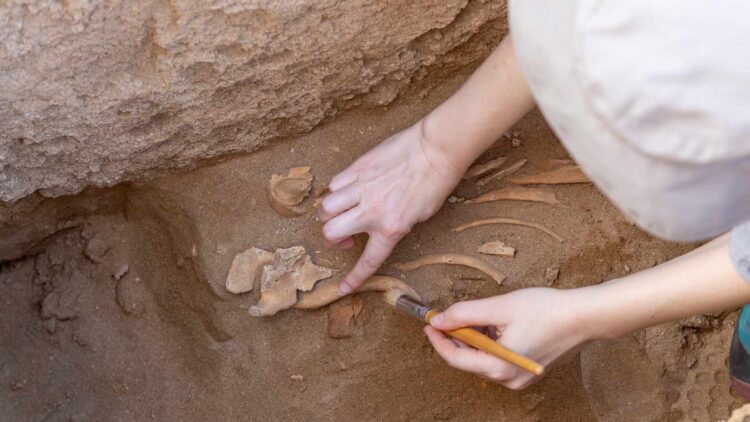If you live in Europe, you will be used to seeing ancient cemeteries that go back centuries. Markings of mass graves dug for battles, plagues and other disasters are more common than we thing, and out churches are full of bodies that have been buried behind and under almost every stone. We have praised the dead, built with their remain, like the Paris catacombs, and we have explored locations like ancient Necropolis Noisy-le-Grand to learn about their secrets.
Cemeteries are an unprecedented window into the past. Despite it being seen as a desecration of the dead by many, exploring the tombs of our ancestors is a great way to learn about their customs, clothes, eating habits, religious practices and more. That is why finding the ancient, abandoned Necropolis in 20008 was such a goldmine of information about how people lived for more than eight centuries.
Noisy-le-Grand, the buried treasure trove of information
This is not a regular cemetery, it truly is a city beneath the dirt. Starting at the 6th century and ending at the 13th century, this plot of land houses remains from the Merovingian and Carolingian dynasties to the decline of the Middle Ages. Excavated by the Institut national de recherches archéologiques préventives (Inrap) and the Archéologie des Nécropoles association, it has already produced nearly a thousand graves and many more remain hidden by dirt.
It is a masterclass in funerary history, showcasing how local communities adapted their rituals over time and how they lived with it. But the discovery is not as new as the dig site, Gregory of Tours already mentioned the site in his works, produced during the 6th century, although he only mentioned the existence of a royal villa and an oratory, the rest would come later as the years passed and the space filled up with tombs.
After the middle ages, the burial grounds were shifted to a site near the church of Saint-Sulpice, roughly 700 meters north. This change highlights an adjustment in how sacred areas were structured, aligning with evolving parish boundaries.
Further excavations reveal that the earliest burials were placed in tightly packed plaster sarcophagi, often overlapping, within a carefully organized layout and that a boundary ditch ran along the western edge, while a stone pathway provided structured access through the graves. Considering the organization of burial sites at the time, this was likely an effort by families to establish clear territorial divisions within the cemetery.
This lasted for about 200 years, after which and starting in the 8th century, this initial order began to dissolve. The ditch was gradually filled in, the path fell into disrepair, and burials began encroaching beyond the original limits, moving eastward. This gradual shift reflects looser oversight and a growing population that exceeded the cemetery’s capacity.
By the 13th century, the necropolis was fully abandoned in favor of burials around the parish church, marking a definitive spiritual and social shift. Although both burial grounds operated briefly in parallel, the rise of Saint-Sulpice, constructed in the 11th century, marked a new preference rooted in ecclesiastical influence and spatial necessity. The move not only responded to crowding but also mirrored broader changes in religious practice and urban organization during the medieval period.
As the excavation continues and more bodies are revealed, we can also see the ways in which different families prepared their loved ones for the afterlife and how in the same families, traditions evolved. The transition to the religious cemetery also provides invaluable context into how the residents at the time changed their spiritual beliefs and practices into what we are all more familiar with today.

